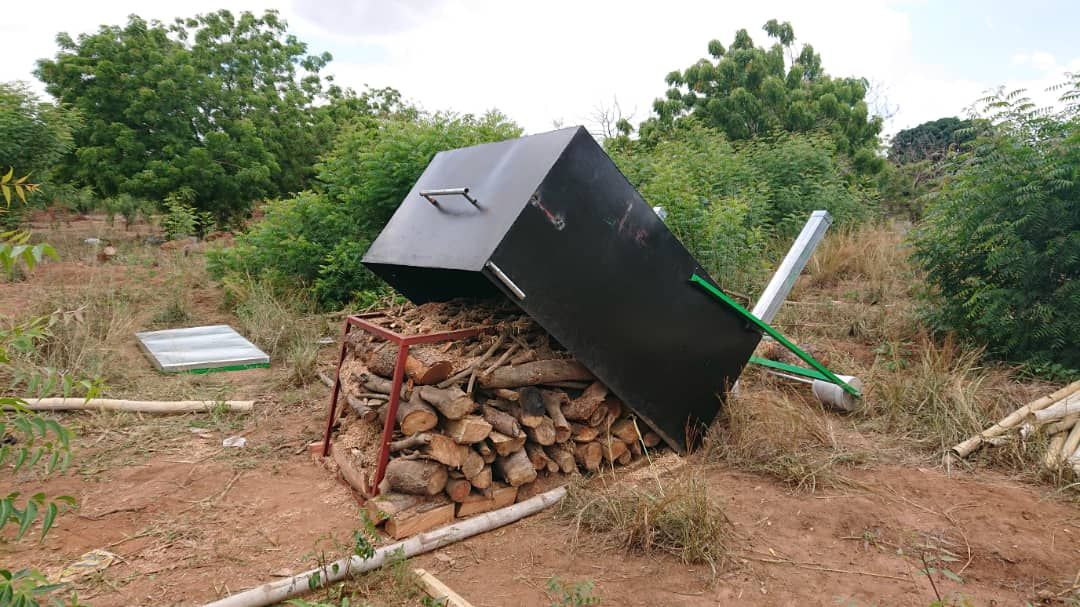Fully transdisciplinary project
ProSuLi being a development project implemented by researchers, we wanted to test if a full transdisciplinary project could make sense for the benefit of TFCA.
No activities were imposed on final beneficiaries beside the participatory approach (that was flexible adapted ot each of the four sites' contexts).
The project’s hypothesis was that collective action supported by targeted capacity building and co-designed governance systems could result in a better appropriation of one’s livelihood and more sustainable use of natural resources for the benefit of the whole social-ecological system.
Strong multidisciplinary project team, many of us already knowing each others and with many social science colleagues.
Time for trust building between project members and local actors / final beneficiaires (usually a 3-years project would not have enough time for such trust building).
Resources for mulitple interventions/missions that cannot be listed at the beginning of the project as the apporach needs to adapt to the local context (e.g., power-relationships between local actors).
Such a transdisciplinary project challenges all stakeholders, including academic principles and dogmas, because it demands embracing more complexity and accepting complex courses of action that are not ‘simple solutions’.
The project team needs to be transparent and willing to learn any existing lessons from previous and ongoing development interventions and to source additional expertise along the way.
